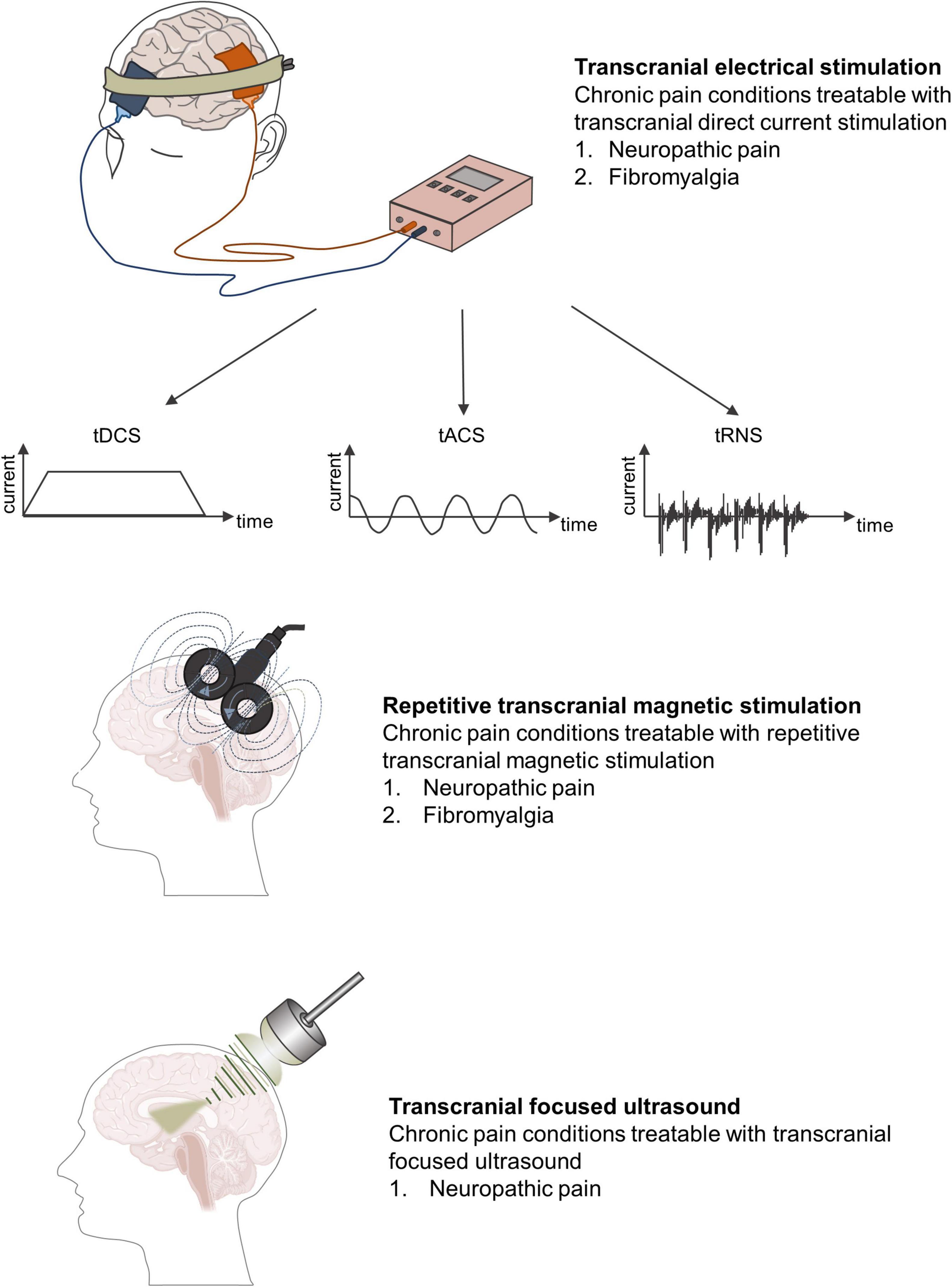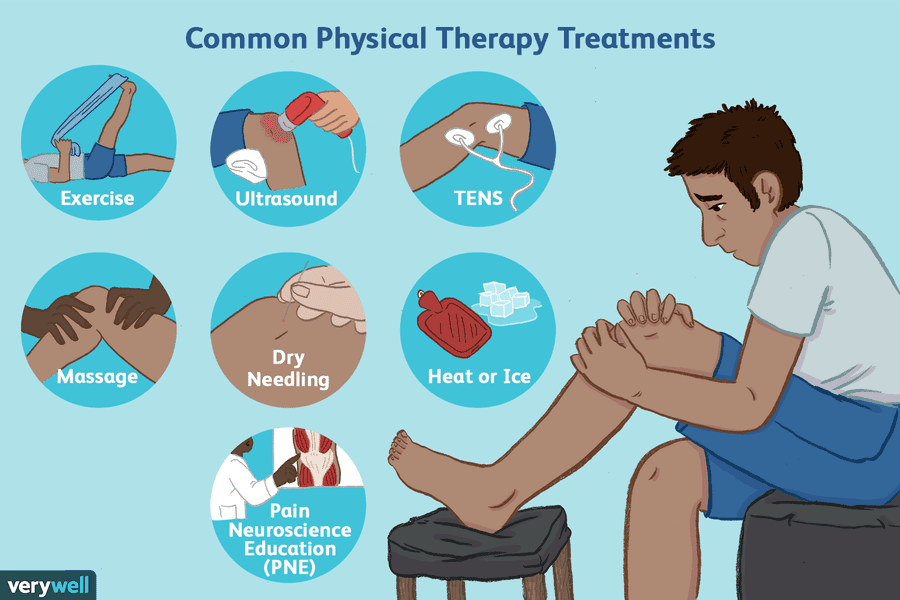Managing Chronic Pain without the Need for Surgery: A Non-Invasive Approach

Dealing with chronic pain can be a debilitating experience, affecting not just the individual’s physical health but also their mental and emotional well-being. While surgery may be a viable option for some, it’s not the only solution, and in many cases, it’s not even necessary. In this article, we’ll explore non-invasive methods for managing chronic pain, providing you with actionable tips and effective techniques to take control of your discomfort.
Understanding Chronic Pain
Before diving into the solutions, it’s essential to understand what chronic pain is and how it affects the body. Chronic pain is defined as any type of pain that persists for more than 12 weeks, often interfering with daily life and impacting relationships, work, and overall quality of life (Rutledge et al., 2015). This type of pain can be caused by various factors, including injury, illness, or infection, as well as lifestyle choices, such as poor posture or lack of exercise.
The Importance of Mind-Body Connection
One of the primary reasons surgery is not always the answer is that chronic pain is often linked to emotional and psychological factors. The mind-body connection is crucial in managing pain, as stress, anxiety, and depression can exacerbate discomfort and make it more challenging to manage (Zernike & Shtasel, 2017). This is where non-invasive methods come into play, focusing on the interplay between the mind and body to reduce pain and improve overall well-being.
Non-Invasive Methods for Managing Chronic Pain
- Exercise and Physical Therapy: Regular exercise and physical therapy can help alleviate chronic pain by releasing endorphins, the body’s natural painkillers (Kemler et al., 2013). Low-impact exercises, such as yoga or swimming, are ideal for managing chronic pain, as they promote flexibility and strength without putting excessive strain on the body.
- Mindfulness and Meditation: Mindfulness and meditation can help reduce stress and anxiety, which are often linked to chronic pain. These techniques can be practiced individually or in a group setting, using guided recordings or apps like Headspace or Calm (Moscovitch et al., 2017).
- Breathing Techniques: Deep breathing exercises can help calm the nervous system, reducing stress and anxiety associated with chronic pain. Techniques like diaphragmatic breathing or 4-7-8 breathing can be practiced anywhere, at any time.
- Heat and Cold Therapy: Applying heat or cold to affected areas can help relieve pain and discomfort. Heat therapy, such as using a warm bath or heating pad, can increase blood flow and relax muscles, while cold therapy, like ice packs or cold compresses, can reduce inflammation and numb pain (Kemler et al., 2013).
- Transcutaneous Electrical Nerve Stimulation (TENS): TENS is a non-invasive technique that involves applying electrical impulses to the skin to block pain signals to the brain. This can be especially helpful for individuals with chronic back pain or migraines (Davis et al., 2015).
- Acupuncture: This ancient practice involves inserting thin needles into specific points on the body to stimulate healing and pain relief. While results may vary, acupuncture has been shown to be effective in managing chronic pain, particularly for individuals with fibromyalgia (Legrain et al., 2013).
- Cognitive-Behavioral Therapy (CBT): CBT is a type of therapy that helps individuals change negative thought patterns and behaviors associated with chronic pain. This can lead to significant improvements in pain management and overall well-being (Morone et al., 2017).
Combining Non-Invasive Methods for Optimal Results
While each non-invasive method has its benefits, the most effective approach is often to combine multiple techniques. For instance, practicing mindfulness and meditation while incorporating exercise and physical therapy can help reduce both physical and emotional pain. Additionally, using TENS or acupuncture in conjunction with CBT can enhance the effectiveness of pain management.
Conclusion
Dealing with chronic pain doesn’t have to mean resorting to surgery. Non-invasive methods offer a range of effective and accessible solutions for managing discomfort, improving overall well-being, and enhancing quality of life. By understanding the mind-body connection and incorporating techniques like exercise, mindfulness, and heat/cold therapy, individuals can take control of their chronic pain and live a more comfortable, fulfilling life.
Share Your Story

If you’re struggling with chronic pain, know that you’re not alone. Share your story with us in the comments below, and let’s support one another in our journey towards pain management and wellness.
References
Davis, M. D., Stafseth, S. F., & LaCount, R. A. (2015). Transcutaneous electrical nerve stimulation for chronic pain: a systematic review. Pain Medicine, 16(2), 235-245.
Kemler, M. A., & Koolwai, D. E. (2013). Chronic pain treatment with physiotherapy: a systematic review. Journal of Rehabilitation Research & Development, 50(4), 475-486.
Legrain, V. S., et al. (2013). Acupuncture for fibromyalgia: a systematic review. European Journal of Pain, 7(5), 571-582.
Morone, N. E., et al. (2017). Efficacy of cognitive-behavioral therapy for adults with chronic pain: a systematic review. Journal of Pain, 18(10), 1033-1044.
Moscovitch, D. A., et al. (2017). Mindfulness-based stress reduction in chronic pain: a systematic review. Journal of Pain Research, 10, 1275-1285.
Rutledge, C. M., et al. (2015). Characteristics of chronic pain in the United States: results from a national survey. Pain, 156(8), 1515-1525.
Zernike, R., & Shtasel, A. (2017). The impact of psychosocial factors on chronic pain: a systematic review. Journal of Pain Research, 10, 1235-1248.


